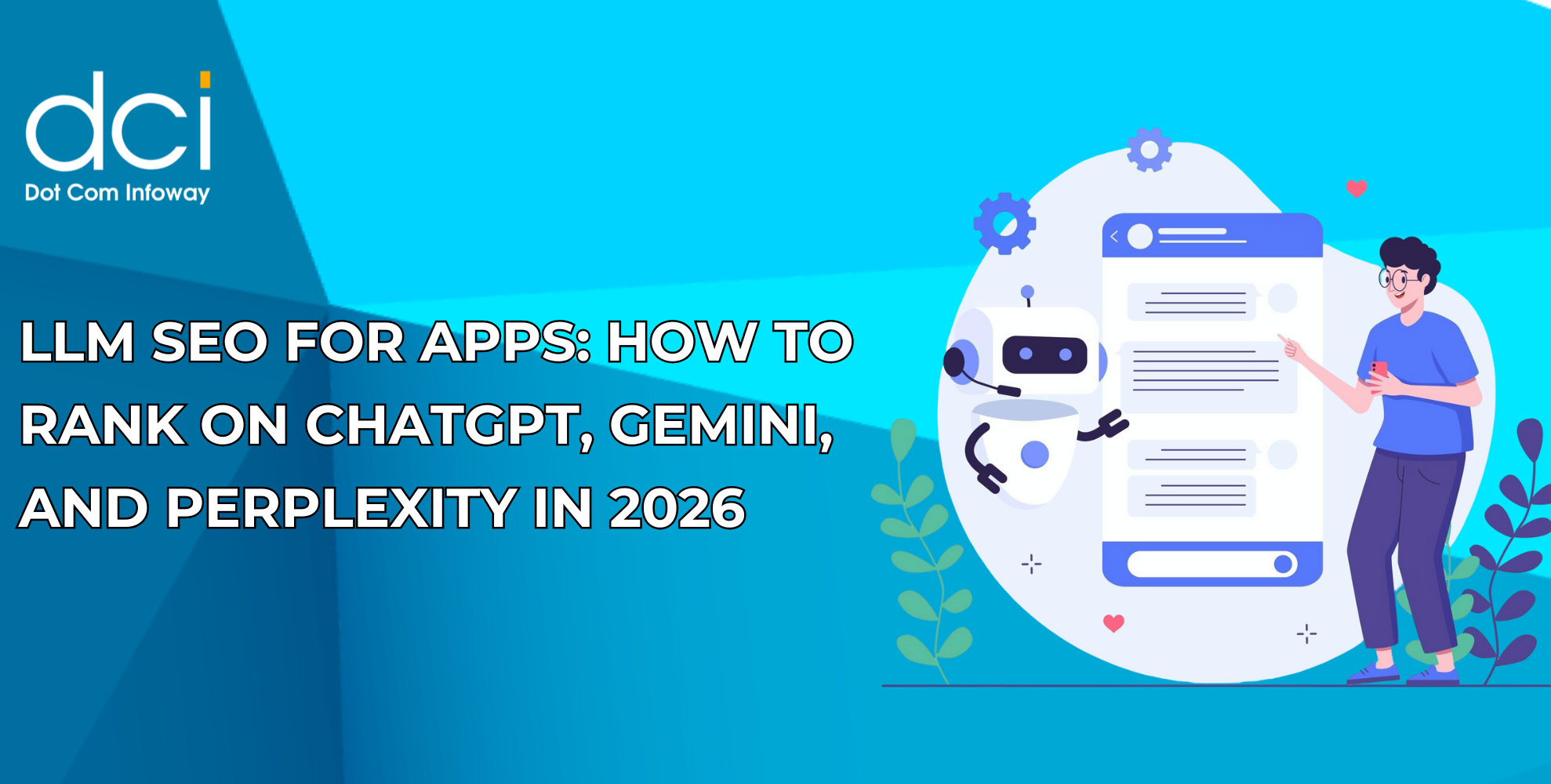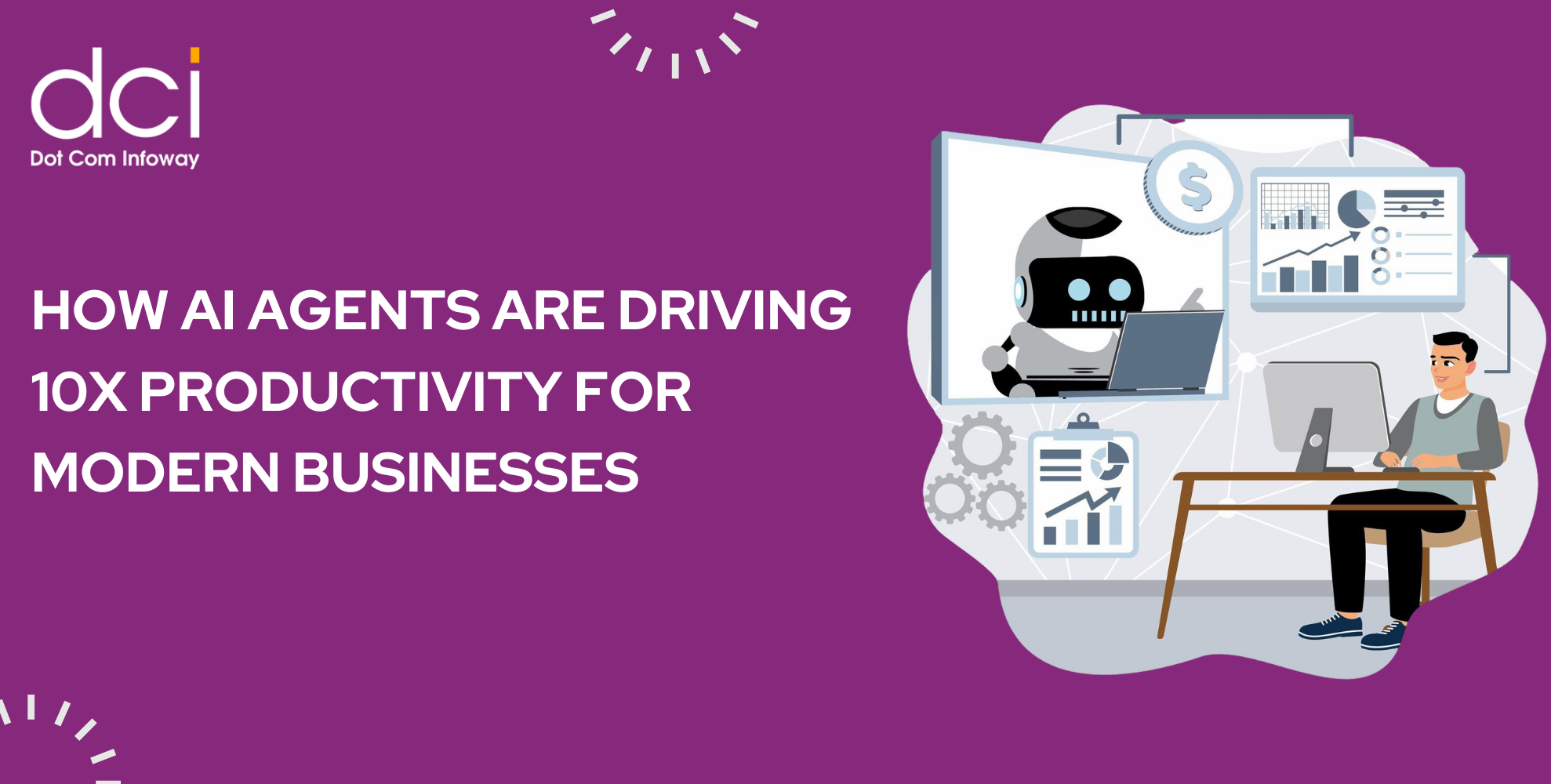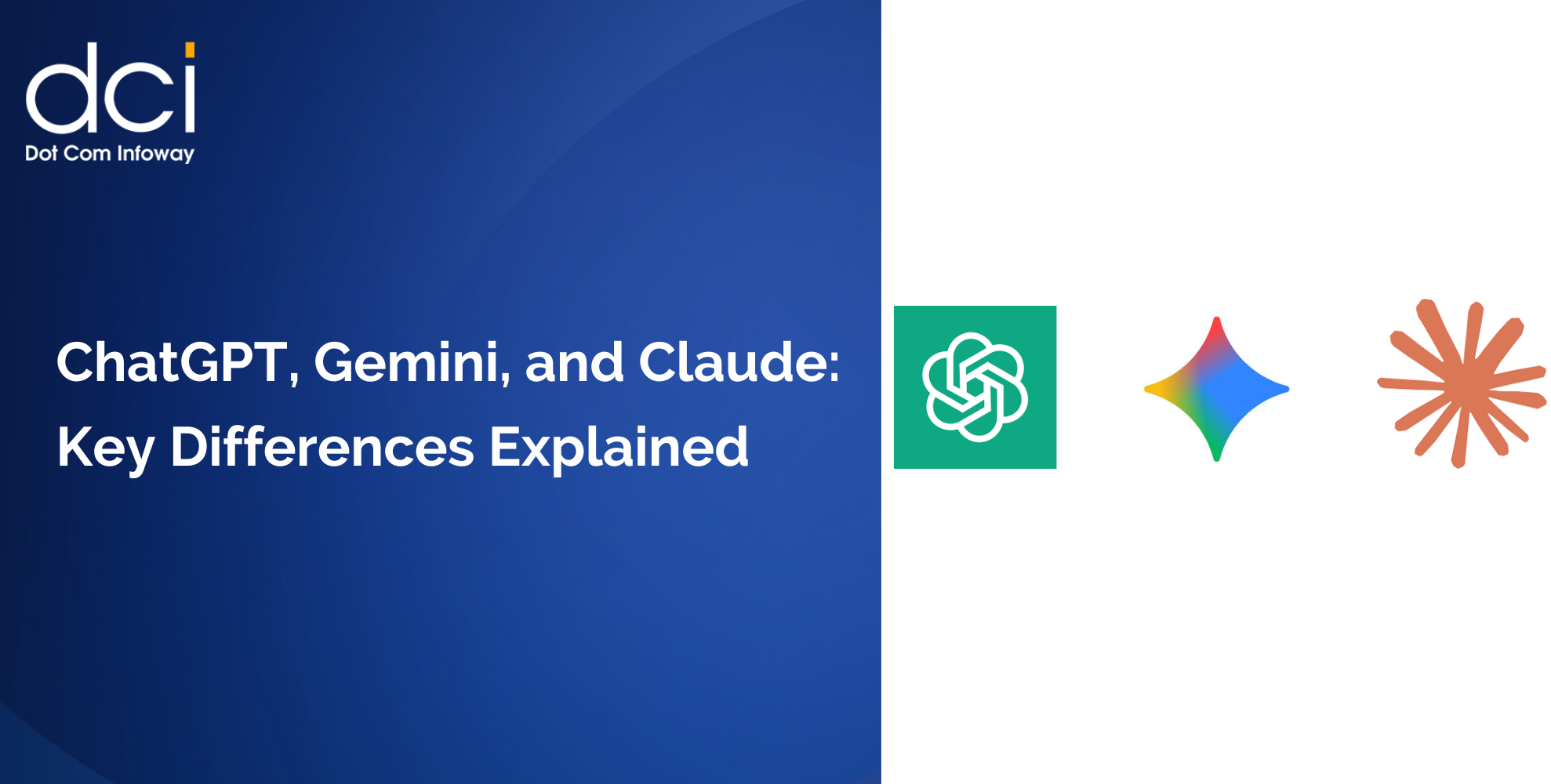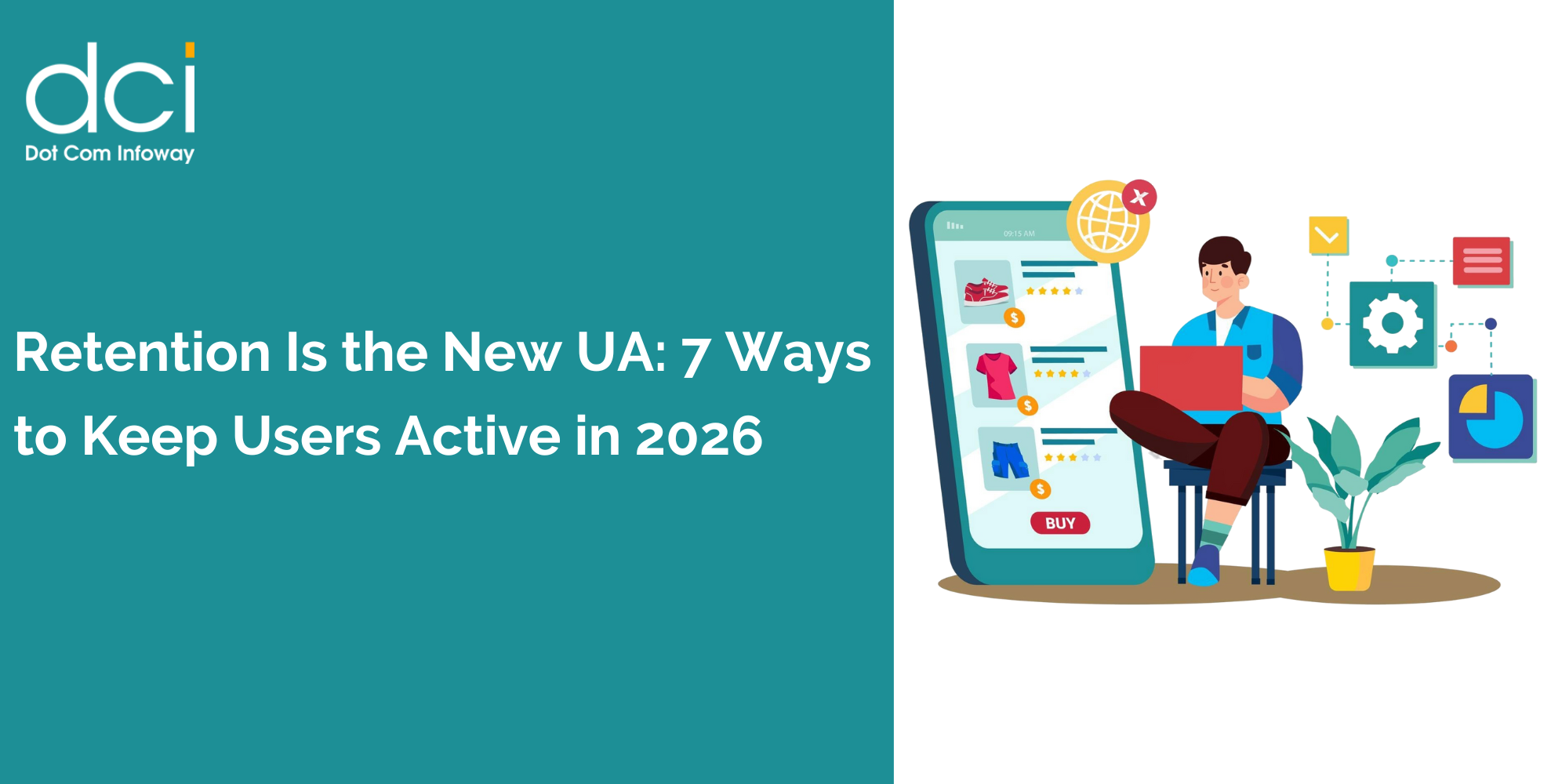From Zero to Hero: A Step-by-Step Guide to Launching Your ASO Strategies
8 mins read
You’ve poured your heart, soul, and maybe your entire savings into developing the perfect app. It’s sleek, functional, and solves a real problem. But three months post-launch, you’re staring at download numbers that barely crack double digits. Sound familiar?You’re not alone. With over 2.87 million apps on Google Play Store and 1.96 million on Apple’s App Store, getting discovered feels like shouting into the void. The harsh reality? 70% of mobile users discover apps through store searches, yet most developers launch without a solid ASO strategy.
Here’s the thing about ASO strategies – they’re not just nice-to-have marketing tactics anymore. They’re your app’s lifeline in an oversaturated market. Whether you’re a solo developer or part of a larger team, mastering these techniques can transform your app from invisible to indispensable.
What Are ASO Strategies and Why They Matter More Than Ever
App Store Optimization strategies encompass everything from keyword research to visual asset optimization. But in 2025, the game has evolved beyond traditional SEO tactics. We’re now dealing with AI-driven SEO strategies that power app store algorithms, making optimization more complex yet more rewarding for those who get it right.
Consider this: Duolingo didn’t become the world’s most downloaded education app by accident. Their ASO approach focuses on localized keywords, compelling visuals, and consistent A/B testing across 40+ languages. The result? Over 500 million downloads and counting.
“The difference between apps that succeed and those that fail often comes down to discoverability. ASO isn’t optional: it’s essential.” – Brian Balfour, Former VP Growth at HubSpot
Phase 1: Research That Actually Moves the Needle
Before diving into ASO strategies, you need intel. Real, actionable data about your competition and target audience.
Understanding Your Competitive Landscape
Start by identifying your top 10 competitors. Tools like App Annie or Sensor Tower can reveal their keyword strategies, but here’s a pro tip most guides miss: analyze their customer reviews for keyword goldmines.
Reddit user u/appdev_insights shared their breakthrough moment: “I spent weeks on traditional keyword tools getting nowhere. Then I read through competitor reviews and found users were searching for ‘offline workout tracker’ instead of ‘fitness app’. Changed everything.”
This organic approach to keyword discovery often uncovers long-tail keywords that tools miss, especially emerging terms related to generative engine optimization and AI-powered search behaviors.
Audience Research That Goes Beyond Demographics
Your target users aren’t just data points: they’re real people with specific pain points. Understanding how they search requires empathy combined with analytics.
Modern SEO for AI tools and answer engines like ChatGPT means understanding natural language patterns. Users increasingly search conversationally: “best app for meal planning with dietary restrictions” rather than “meal planning app.”
Phase 2: Keyword Strategy in the AI Era
The keyword landscape has shifted dramatically. Traditional ASO strategies focused solely on search volume and difficulty. Today’s approach must consider AEO SEO (Answer Engine Optimization) and how AI systems interpret search intent.
The New Keyword Research Framework
- Primary keywords: Your main category descriptors
- Secondary keywords: Feature-specific terms
- Long-tail keywords: Conversational, problem-solving phrases
- AI-optimized terms: Questions and natural language patterns
Companies like Calm have mastered this approach. Their keyword strategy spans from broad terms like “meditation app” to specific phrases like “sleep stories for anxiety relief,” capturing users at different stages of their journey.
Strategic Keyword Placement
Your app title remains prime real estate, but the approach has evolved. Instead of keyword stuffing, focus on natural integration that appeals to both algorithms and humans.
“We increased our organic downloads by 340% by treating our app title like a newspaper headline: informative, compelling, and keyword-rich without feeling forced.” – Sarah Chen, Growth Lead at Headspace
Phase 3: Optimizing for Human Psychology and AI Algorithms
Crafting Metadata That Converts
Your app description isn’t just SEO fodder: it’s a conversion tool. The first 250 characters are crucial, appearing in search results and influencing download decisions.
Professional services like those offered by Dot Com Infoway’s App Store Optimization services emphasize the psychology behind metadata optimization, combining technical SEO with persuasive copywriting.
The Visual Revolution
Screenshots and videos aren’t just showcases: they’re ranking factors. Apps with video previews see 25% higher conversion rates, according to Apple’s internal data.
Consider Spotify’s approach: their screenshots tell a story, progressing from discovery to personalization to social sharing. Each visual serves a purpose in the user’s mental journey from curiosity to download.
Phase 4: Launch Strategy That Creates Momentum
The Soft Launch Advantage
Smart developers don’t launch globally on day one. They start small, test ASO strategies in select markets, and iterate based on real user feedback.
Reddit user u/indiedev2025 shared their experience: “Soft launched in Australia first. The feedback helped us realize our main keyword was completely off. Pivoted before global launch and saw 10x better results.”
Building Your Review Foundation
Reviews aren’t just social proof: they’re SEO signals. Apps with higher ratings and recent reviews rank better in search results.
The key is timing your review requests strategically. Ask during moments of user success, not frustration. Implement contextual prompts that feel natural, not demanding.
Phase 5: The Optimization Loop
Performance Tracking That Matters
Successful ASO strategies rely on continuous measurement and iteration. Track these key metrics:
- Visibility metrics: Keyword rankings, impression share, search visibility
- Conversion metrics: Tap-through rate, conversion rate, download velocity
- Retention metrics: Day 1, 7, and 30 retention rates
A/B Testing Your Way to Success
Never assume you know what works. Test everything: app icons, screenshots, descriptions, even pricing strategies.
Bumble famously A/B tested over 100 icon variations before settling on their distinctive yellow design. The result? A 30% improvement in tap-through rates from search results.
Adapting to Algorithm Changes
App store algorithms evolve constantly, influenced by user behavior patterns and LLM search engine optimization principles. What worked last year might hurt your rankings today.
Stay informed through official app store developer blogs, industry publications, and community discussions. The ASO landscape changes fast: agility beats perfection every time.
“The apps that succeed long-term aren’t necessarily those with the best initial ASO setup. They’re the ones that adapt fastest to change.” – Moritz Daan, Former ASO Manager at King Digital Entertainment
Advanced Tactics for Competitive Markets
Localization Beyond Translation
Global expansion requires more than translating your app store listing. Research local search behaviors, cultural preferences, and competitive landscapes for each market.
WhatsApp’s success in different markets stems from understanding regional communication preferences and optimizing accordingly. Their ASO approach varies significantly between markets like India (focusing on data efficiency) and Brazil (emphasizing group features).
Leveraging Seasonal Trends
Smart developers align their ASO strategies with seasonal search patterns. Fitness apps optimize for January, travel apps for summer planning periods, and productivity apps for back-to-school seasons.
Plan your optimization calendar around these patterns, updating keywords, visuals, and messaging to match user intent throughout the year.
The Future of ASO in an AI-First World
As we move deeper into 2025, ASO strategies must evolve beyond traditional search optimization. Voice search, visual search, and AI-powered recommendations are reshaping how users discover apps.
The most successful apps will be those that optimize not just for keywords, but for intent, context, and emerging search behaviors powered by generative AI systems.
Your journey from zero to hero in ASO isn’t just about following a checklist: it’s about understanding your users, staying agile in a changing landscape, and consistently delivering value at every touchpoint. The apps that master these fundamentals while adapting to new technologies will dominate the app stores of tomorrow.
Remember: ASO isn’t a one-time setup: it’s an ongoing optimization process that compounds over time. Start with solid foundations, measure everything, and never stop testing. Your future self (and your download numbers) will thank you.
Latest Posts
Get the latest insights from Dot Com Infoway straight to your inbox.

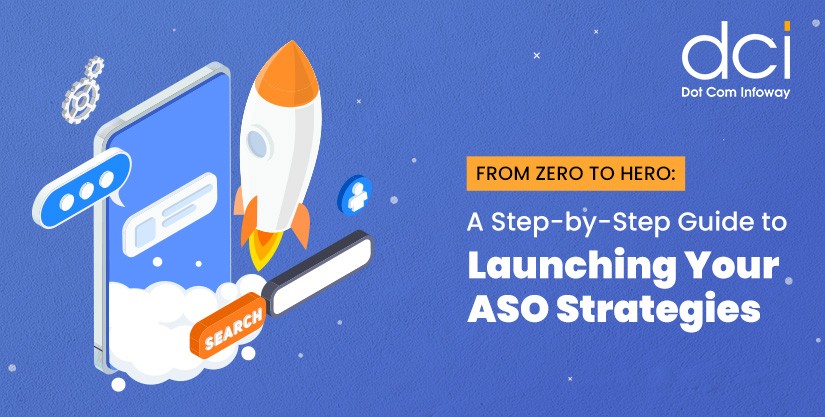
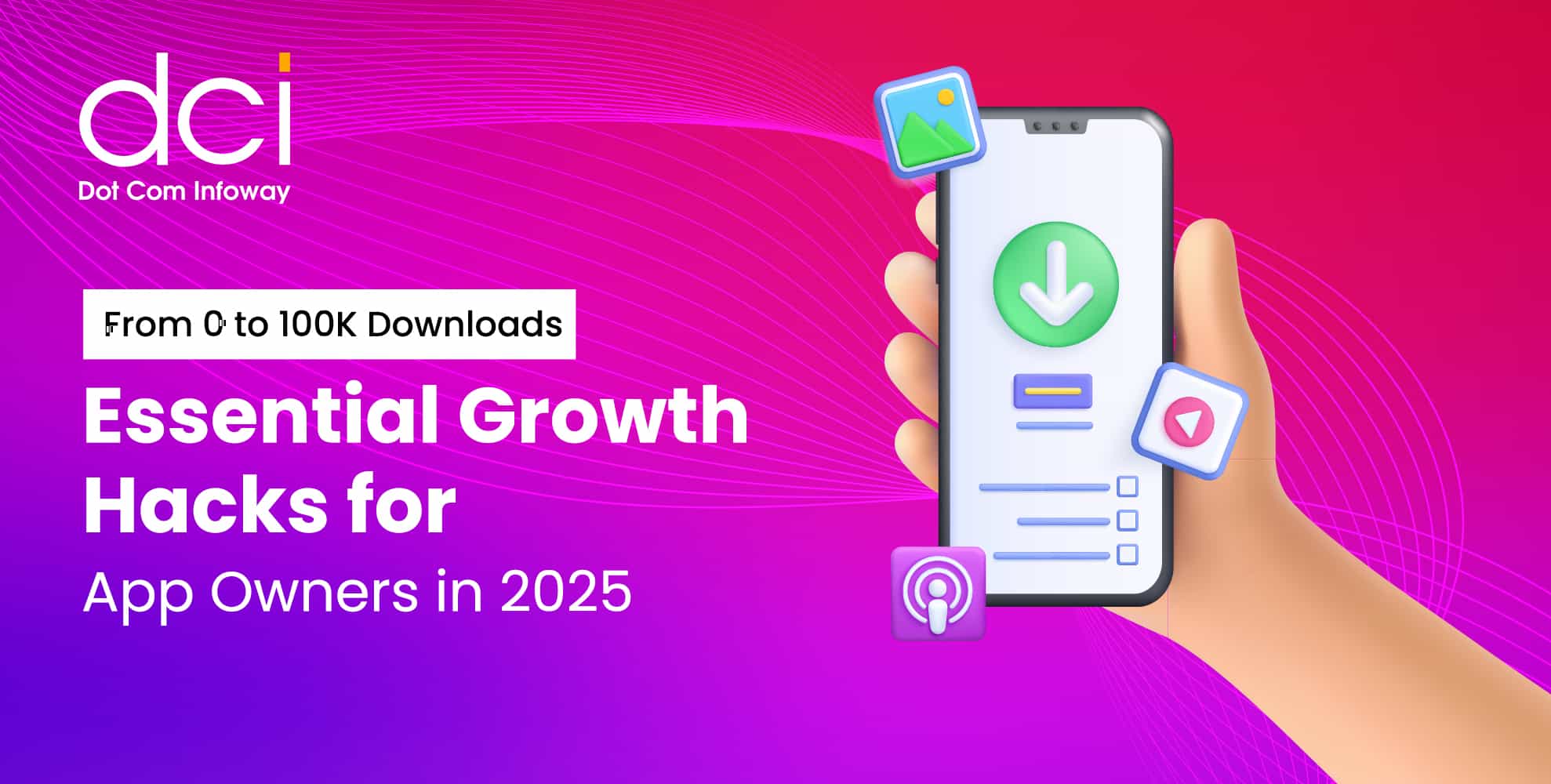



![The Game Marketing Guide: Pre and Post-Launch Strategies [Infographic]](https://www.dotcominfoway.com/wp-content/uploads/2023/09/DCI-Game-Marketing-blog-1.jpg)
